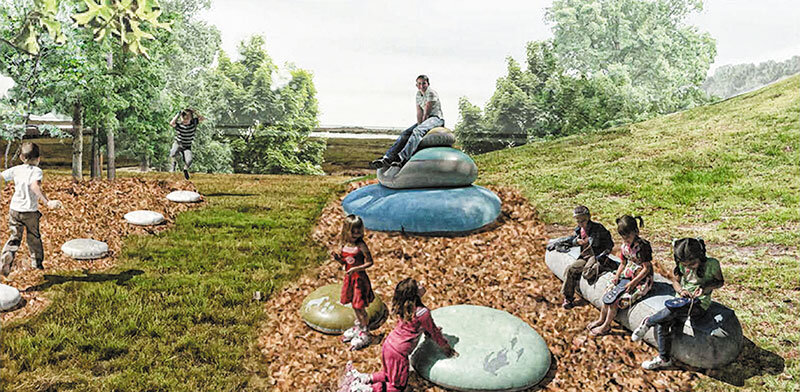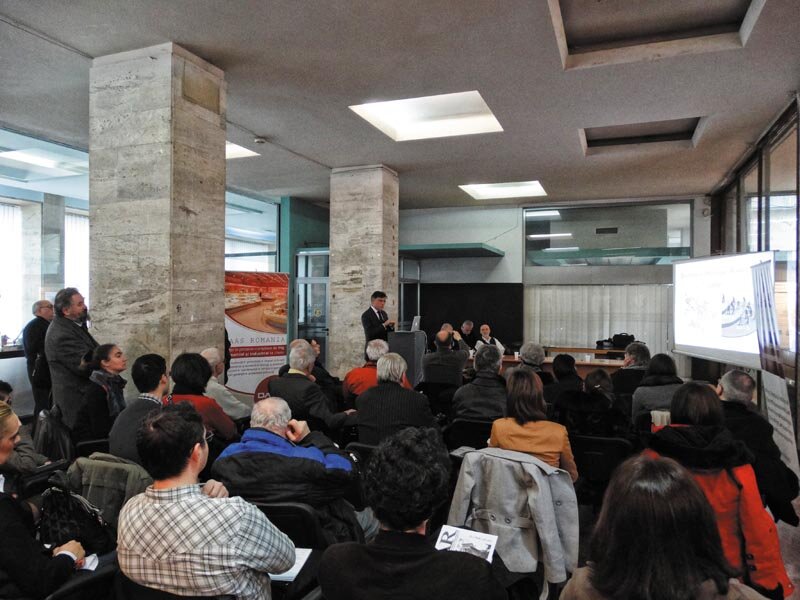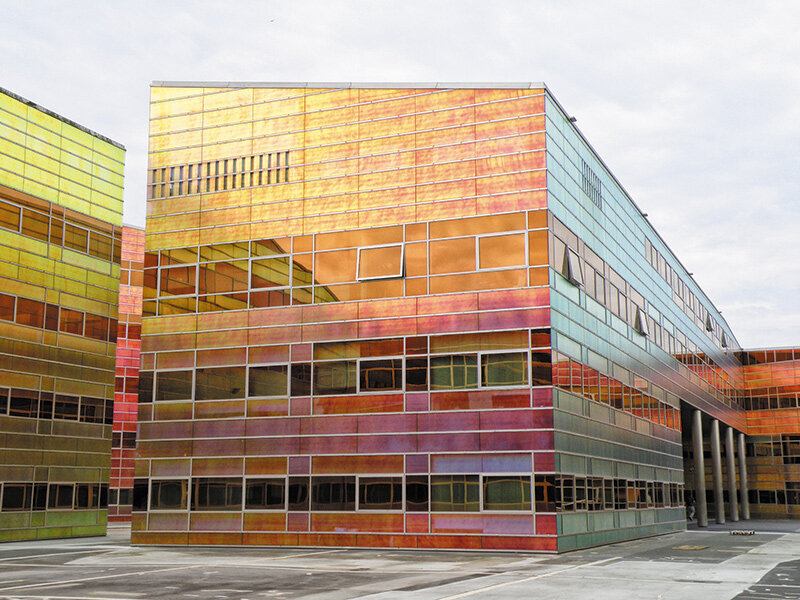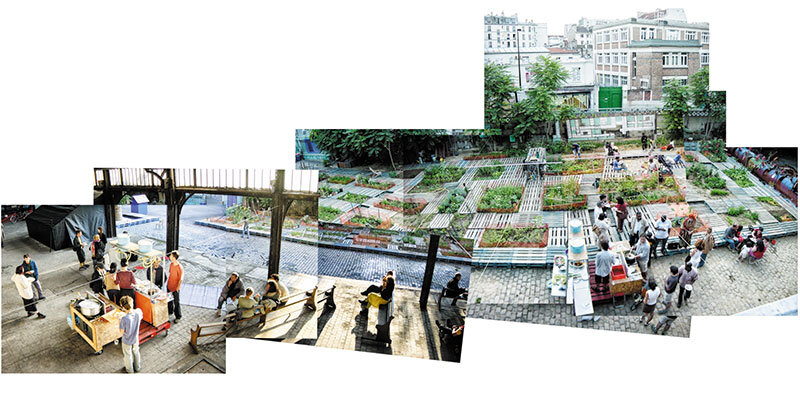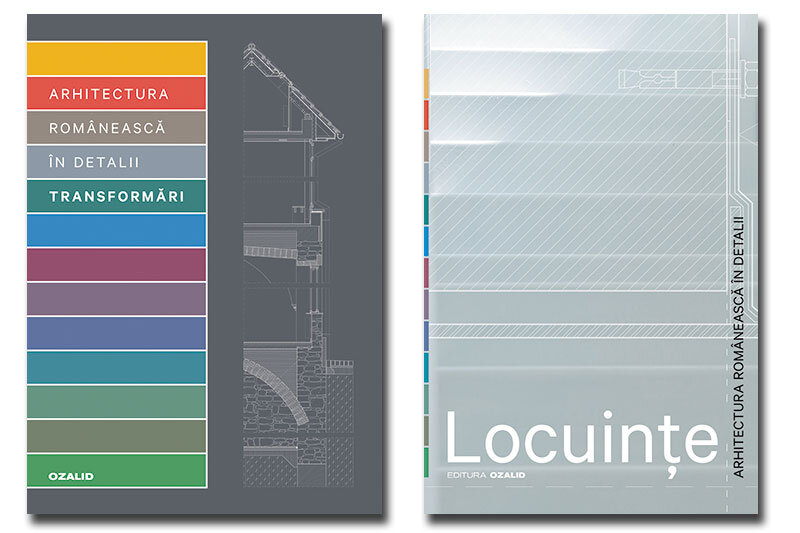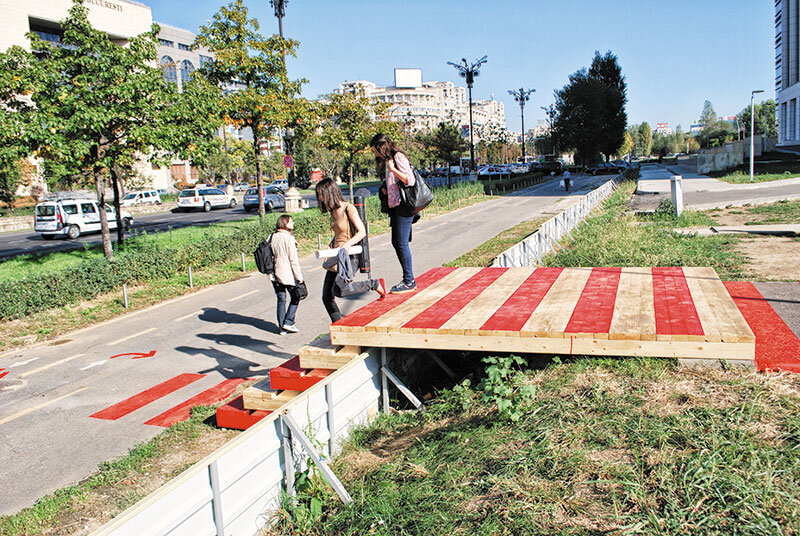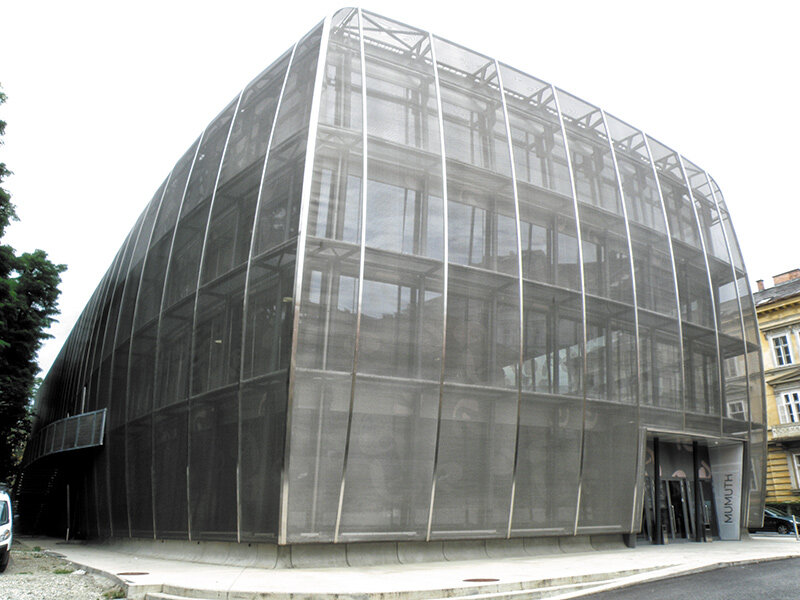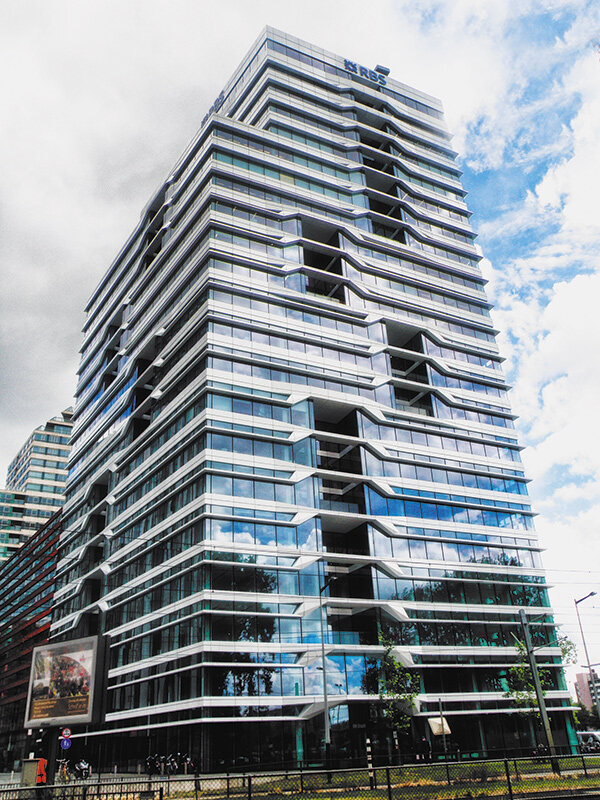Design research and architecture as a product of a passing fashion
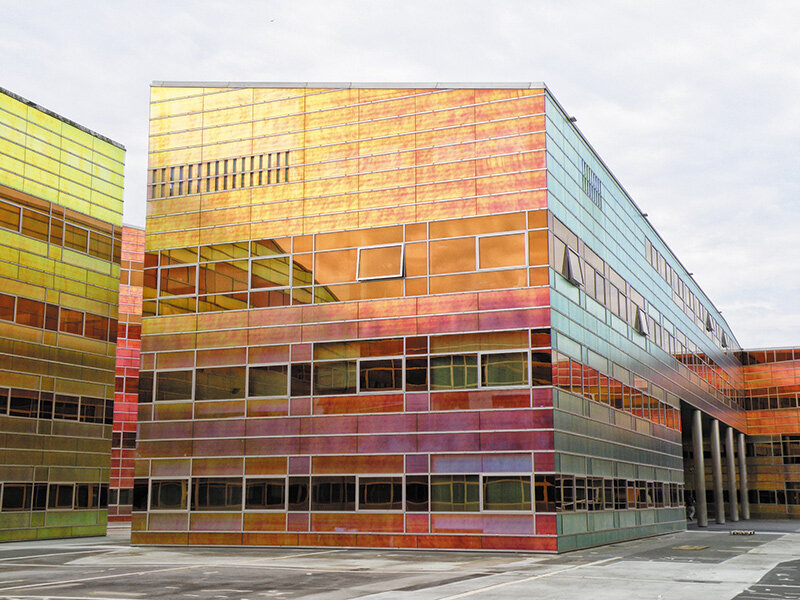
Research by Design and fast fashion architecture
| Research by design (research-by-design) recently emerged at the turn of the millennium as a promising new manifestation in academic architectural discourse, signaling the birth of a new research method. For a while, however, it was not clear whether we were dealing with research by design or design by research; the only certainty was that it referred to a new relationship established between the artistic and the scientific sides of architecture. Although coined in academia, the phrase has a double interpretation. On the one hand, it signifies a new approach to architectural research, which accepts design as a legitimate field of research in its own right, broadening the theoretical field towards the practical. On the other hand - relying exclusively on the linguistic meaning of the phrase - research by design means that design practice can generate certain knowledge during the design process. After the postmodernist period, which revitalized architecture and pushed it into the sphere of art, as an object endowed with meaning and determining experiences, design activity seems able to approach science again and to submit itself to the scrutiny undertaken by rational concerns and methods.The relaxation of the boundaries between theory and design was the result of two parallel trends: the so-called pragmatic turn in architectural theory and the technical and economic development in practice. The emergence of the idea of research by design was partly the result of a weakening of the position of theory. In retrospect, this process had already begun after 1968, but became evident during the decade preceding the new millennium. Ironically, the pragmatic turn can be correlated with a particular philosopher and a particular school of philosophy. John Rajchman, in his article A New Pragmatism? (published in 1998, proposed the introduction into architecture of a centuries-old concept present in American pragmatist philosophy, namely the principle of "things in the making"1. Philosophical pragmatism seeks neither to predict the future nor to criticize the present, but "to be attentive to the unknown knocking at the door". However, the pragmatic approach is not pure contemplation; on the contrary, it requires activity, experimentation and research. "It is a style of analyzing, thinking, perhaps even designing, in which the city-diagram-experiment relationship replaces the older state-program-ideology relationship typically illustrated by Marxism, in which the old mystic-literary theme of allegory and utopia is replaced by the pragmatic one of diagramming and diagnosing new urban conditions." Pragmatic philosophy was born in the United States, and the pragmatic turn began its great journey there as well, but the concept and practice of design research has also been widely embraced in Western Europe as representative of a more advanced design method. In its turn, critical theory in architecture acquired a rather uncertain status in Europe as architectural practice and building activity revived. But there was another reason behind the rapid evolution of design research, namely the academic rules adopted in the early 2000s. The evaluation and funding of academic staff on the basis of scientific publications, especially in peer-reviewed journals, encouraged the acceptance of design as a science. |
| Read the full text in issue 2 / 2014 of Arhitectura Magazine |
| Note:1. John Rajchman, A New Pragmatism? in Cynthia Davidson ed. Anyhow, The MIT Press, 1998, pp. 212-217. |
| Research-by-design came up as a new promising expression in academic architectural discourse around the millennium and signed a new approach in research. However for a while it was not clear if we have to talk about research-by-design or design-by-research; the only sure thing was that it referred to a new relationship between the artistic and scientific side of architecture. Though the phrase was created by the academy, it has a double interpretation. On the one hand it means a new approach to architectural research which accepts design as a legitimate research area in its own right, so it extends the field of theory towards practice. On the other hand - based on the pure linguistic meaning of the expression - research-by-design means that design practice may generate knowledge through the design process. After the post-modern period, which re-enchanted architecture and pushed it towards the world of art, as an object bearing meaning and evolving feelings, it seemed that design may get closer to science again, verified by rational concerns and methods. Blurring boundaries between theory and design was the result of two parallel tendencies, the so-called pragmatic turn in architectural theory and the technical and economic development in practice. The emergence of the idea of research-by-design was partly the result of the weakening position of theory. In retrospect, this process started already after 1968, but it became evident during the decade before the millennium. Ironically the pragmatic turn can be connected to a philosopher and a philosophical school. John Rajchman in his article A New Pragmatism? published in 1998 proposed the introduction into architecture of the century old concept of American pragmatic philosophy, namely the principle of "things in the making"1. Philosophical pragmatism does neither want to predict the future, nor to criticize the present, but "to be attentive to the unknown that is knocking at the door". However, pragmatic approach is not pure contemplation; on the contrary, it requires activity, experimentation and research. "It is a style of analysis, thinking, perhaps even of design, in which a city-diagram-experimentation relation replaces the older state-program-ideology relation typified by Marxism, in which the old mystico-literary theme of allegory and utopia is replaced by the pragmatic one of diagram and diagnosis of new urban conditions". Pragmatic philosophy was born in the United States and the pragmatic turn began its conquering journey from there, too, but the concept and practice of research-by-design became deeply embedded also in Western Europe as the representative of advanced design. Critical architectural theory became uncertain in Europe, too, as well as architectural practice and building activity flourished. But there was another reason behind the fast fashion of research-by-design: namely the academic rules introduced at the beginning of the 2000s. Evaluation and financing of the academic staff based on scientific publications, especially in peer-reviewed periodicals, fostered the acceptance of design as science. |
| Read the full text in the print magazine |
| Note: 1 John Rajchman, A New Pragmatism? In, Cynthia Davidson ed. Anyhow, The MIT Press, 1998, pp. 212-217. |





